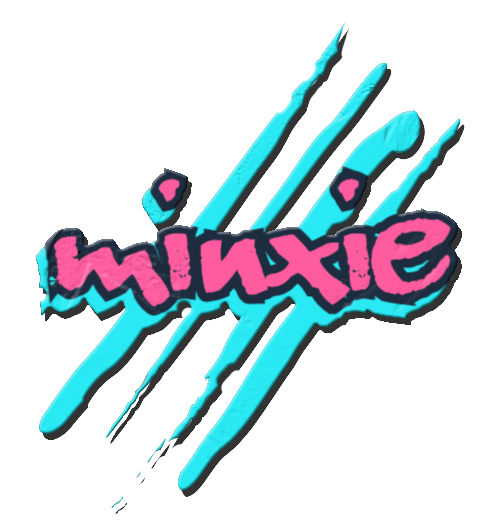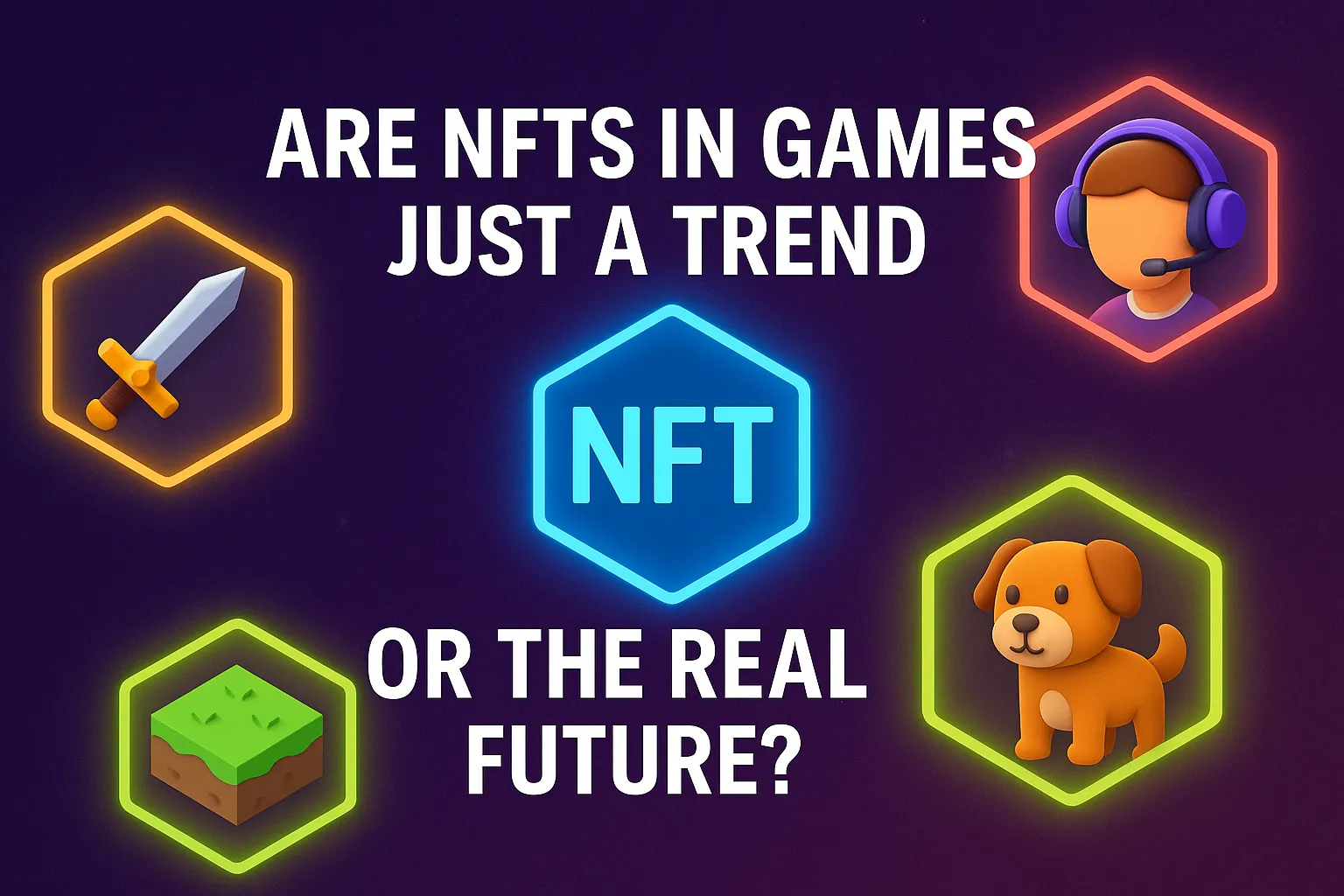NFTs aren’t just for artists or crypto investors anymore. They’ve found a new home in video games—and not as some fringe gimmick, but as real, in-game assets you can own, trade, and sometimes even carry across different worlds. From rare weapons and customized character skins to virtual land and pet companions, NFTs are changing how we think about ownership in digital entertainment.
But is this a fleeting trend, or are we witnessing the start of something big?
So, What Exactly Are NFTs in Games?
Let’s break it down. An NFT (Non-Fungible Token) is a unique digital item secured on a blockchain. In the gaming world, this could mean:
- A one-of-a-kind sword or helmet
- A custom skin for your avatar
- A plot of land in a digital metaverse
- A rare pet designed by a creator
Unlike traditional game items that are locked within the game or controlled by the developer, NFTs are yours. Even if the game gets shut down, the token remains in your wallet. You own the asset—not just the right to use it.
Why Use NFTs in Games at All?
The idea isn’t just about flashy skins or collectible bragging rights. NFTs bring some solid advantages that standard game economies simply don’t offer.
True Ownership
Buy an item, and it’s yours. For real. Blockchain records confirm your ownership—no centralized servers needed.
Buy, Sell, Trade
Want to sell that rare loot to another player? Go ahead. Transactions are peer-to-peer, secure, and outside of the game developer’s control.
Scarcity and Collectibility
Some NFTs are minted in limited quantities, just like art prints. They gain value over time, depending on demand.
Cross-Game Potential
One of the big promises of NFT gaming: someday, you might use the same asset across multiple titles. It’s early days, but this could revolutionize how digital assets work.
Where’s the Catch?
Of course, it’s not all rainbows and profits. There’s plenty of criticism around NFTs in games—and not without reason.
Speculation Over Gameplay
Prices for some items rise not because of their in-game usefulness, but due to hype. This leads to speculation bubbles rather than real community value.
Low-Quality Projects
Let’s be honest—many NFT-based games are still underwhelming. Poor graphics, weak mechanics, and a focus on monetization over fun plague the space.
Legal Grey Areas
What happens if a game disappears? Can you still use your NFT? Who owns the underlying code or artwork? The rules are murky.
That said, platforms like Minxie are working to address these concerns by prioritizing transparency, creator support, and ecosystem quality.
When NFTs Actually Work
Despite the drawbacks, there are some exciting success stories showing how NFTs can enhance the gaming experience:
Skins as Digital Art
Designers are launching NFT-based outfits for characters—each one signed, unique, and often tradeable.
Loot as Collectibles
Rare drops are issued as NFTs, creating real secondary markets for hardcore collectors and competitive players.
Fan-Made Content
Some communities create their own items, which later become NFTs that are officially integrated into the game. That’s co-creation in action.
What About the Creators?
Here’s where it gets especially interesting.
NFT gaming isn’t just for studios anymore. Individual creators—artists, streamers, game designers—are using these tools to build their own micro-economies.
Examples?
- Launch a mini-game series where each episode is an NFT
- Sell exclusive character skins as digital merchandise
- Reward your fans with tokens during events or live streams
Platforms like Minxie make this accessible by combining tools for NFT creation, community engagement, and monetization—all in one place. Whether you’re a gamer, a designer, or a content creator, there’s space to experiment and thrive.

